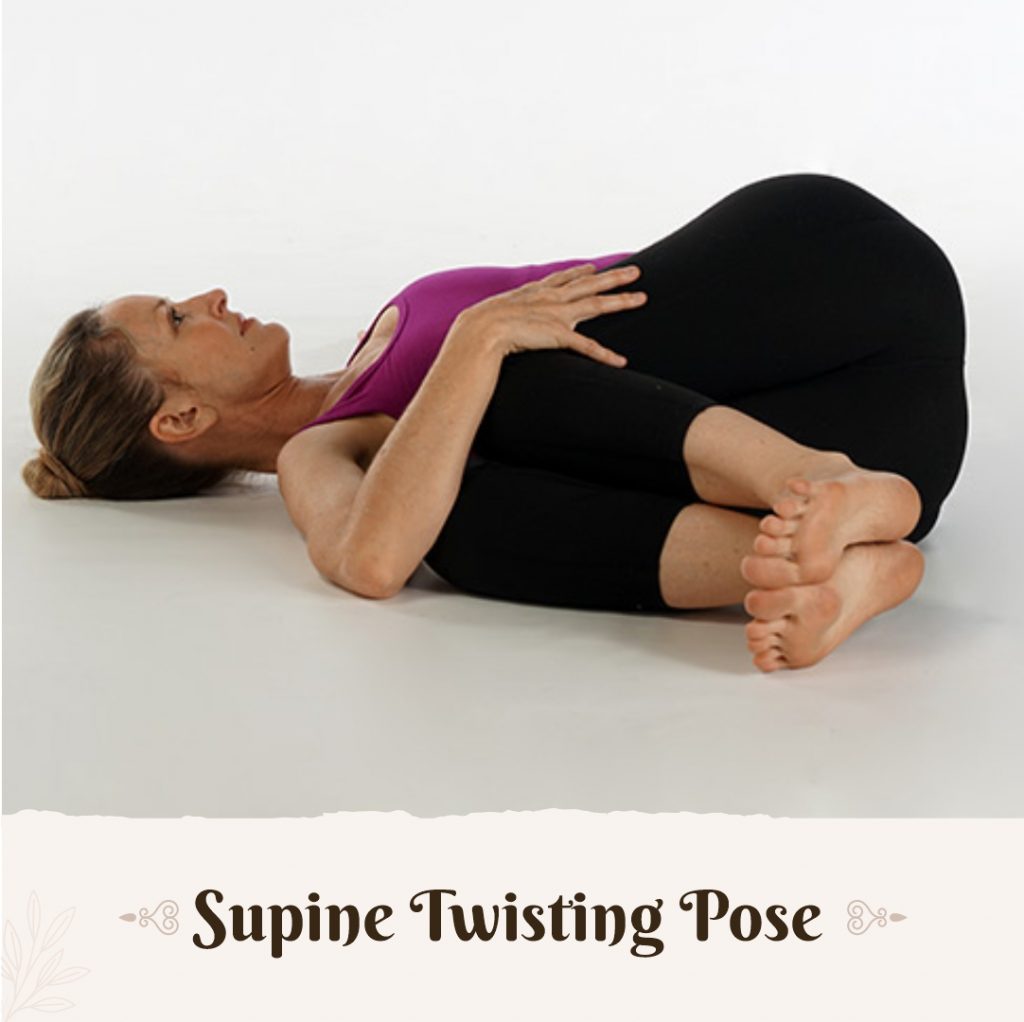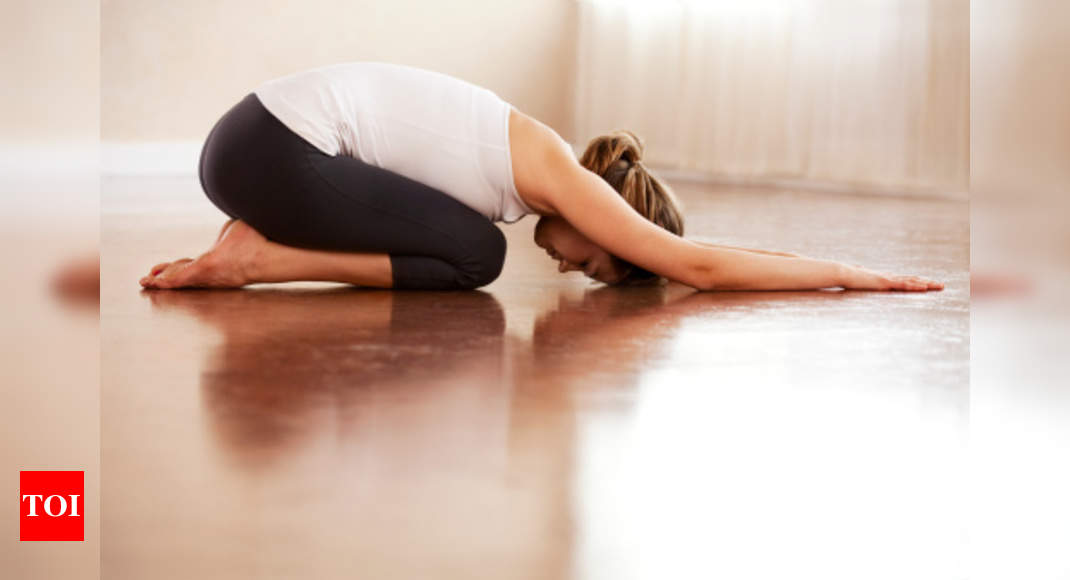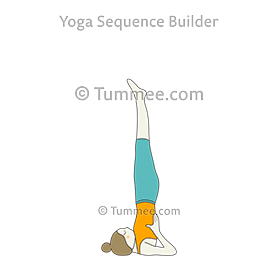
It's important to select a central theme for your yoga class when you are sequencing poses. The theme could be a quote or word or a particular part of the human body. This gives the class a clear focus. Every position and every transition should have the theme throughout the class. You must deliver the theme with balance and integrity. Drop a nugget at least three times in the sequence, and make sure it is delivered correctly and consistently.
You will find 67 poses that are suitable for all levels of student experience.
Yoga sequences are a great way of increasing student awareness and intensity. It's also a great way to learn the relationships between poses and create more complex poses. Students will learn to repeat a sequence and be able incorporate more actions at once and more subtlety.
Yoga Sequencing offers 67 model sequences of yoga poses to suit a wide range of student experience. You will find sequences to suit both advanced and beginner students. There are also sequences for all major chakras. The book also provides guidance for teaching different breathing techniques.

67 yoga flash cards
For beginners who want to learn the ins and outs of yoga, 67 sequencing yoga flash cards are a great way to do so. These cards come in handy as you move from one pose to the next, and they also allow you to learn and practice on your own. Giulia Ross, an Italian artist created these cards. They feature beautiful artwork that can help you focus and inspire your yoga practice. These decks were created by Giulia Rosa over a period of more than a year. You can expect them to be high quality.
The deck includes a 92-page booklet as well as 100 flash cards, which are color-coded according to pose family. Each card features a color coded photo of a particular yoga pose, its English name, and its Sanskrit title. These cards provide information about how to sequence the poses as well as detailed information.
Teacher training online or in person
If you're considering teaching yoga, one of the first steps to learning how to sequence poses properly is to take a training course. The right course can help you create dynamic and meaningful sequences that make yoga accessible, safe, and sustainable. The modules of yoga teacher training courses are often broken down into many parts. Each module offers downloadable content as well as interactive discussions and assignments. A library of class sequences will be provided at the end of each module.
It all depends on your learning style and preferences. Self-paced online courses are more convenient for busy people. In addition, online courses don't require daily or weekend attendance, so you can fit your training into your schedule. Online yoga teacher education is recognized worldwide by the Yoga Alliance. You'll be able and eligible to teach yoga across many countries.

Common errors in sequencing Yoga
The art of sequencing a yoga class properly requires more than simply knowing the poses that you would like to include. Before adding a pose to your class, it is important to assess the level of readiness of your students. You should not make a pose that is too difficult for students. They may become injured or feel "unworthy" to continue.
Making a yoga sequence can be a difficult task. It is also likely that you will make errors along the way. There are many books out there that can help you correctly sequence your yoga poses. Yoga Anatomy, by Leslie Kaminoff, Amy Matthews, or Mark Stephens' Yoga Sequencing Deck are excellent resources.
FAQ
Is it hard to do yoga?
It depends on the type of yoga that you practice. Vinyasa flow yoga (or power yoga) involves a lot jumping, twisting or turning movements. It's not uncommon for people to sweat heavily when they practice yoga.
Hatha yoga, on the other hand, focuses more on forwarding bends or twists. Since these poses aren’t strenuous, most practitioners won’t feel heavy sweating.
Are there yoga classes available for people with disabilities?
Yes, there are yoga studios that offer classes specifically for people with disabilities. These include:
-
Individuals with physical limitations who want to improve posture
-
People with limited mobility
-
Individuals living with arthritis
-
People who are recovering from injuries
-
The elderly
You can encourage someone you know to take these classes.
What are the differences between Hatha, Ashtanga, Vinyasa, Power Yoga, Kripalu, Bikram, etc. ?
There are many kinds of yoga. Each style offers its own way of finding balance in our lives.
The most popular types of yoga are:
Hatha is an exercise that involves stretching and poses with a focus on core strength, flexibility, and balance.
Ashtanga: This practice focuses on slow-paced movements to build strength and stamina.
Vinyasa-This type of yoga combines fast-flowing sequences which allow you to breath deeply.
Power – A form of power-yoga that features more difficult moves.
Kripla - This is one of the oldest forms of yoga that dates back thousands of years.
Bikram: This form of yoga is done in heated rooms.
How does yoga change your body?
Yoga helps you to relax and stretch. You will also feel great. Yoga increases flexibility and strength, as well as reducing stress. This improves sleep quality and concentration. It also increases energy levels.
Yoga improves blood flow and makes it less likely that you will get the flu. Because yoga encourages deep breathing, oxygen to your brain is increased.
Yoga also relieves tension and pain. The postures help strengthen muscles and joints and improve posture.
Therefore, you should practice yoga regularly to keep yourself healthy and happy.
Statistics
- In comparison, a 125-pound person is estimated to burn 135 calories in 30 minutes of walking (at a pace of 15-minute miles) and 210 calories bicycling at a moderate pace on a stationary bike. (everydayhealth.com)
- The people in the yoga group were 37 percent more likely to have quit smoking by the end of the 8-week program. (nccih.nih.gov)
- Gentle yoga has been shown to ease some of the discomforts of tender, swollen joints for people with arthritis, according to a Johns Hopkins review of 11 recent studies. (hopkinsmedicine.org)
- The American Psychological Association recently shared that 84% of American adults feel the impact of prolonged stress (5). (healthline.com)
- Start your Fall off right with 20% off All Access Membership when you sign up by 9/25! (corepoweryoga.com)
External Links
How To
Can I do yoga during pregnancy?
Being pregnant can impact your ability to perform certain poses safely. You should always consult your doctor before starting a new workout program.
There are still many poses that you can do during pregnancy. These are some tips to help you get started:
-
Weight lifting should not be done above the shoulders by pregnant women. Instead, you can use dumbbells or lightweight resistance bands.
-
Avoid deep twists as they could place pressure on your belly.
-
Avoid backbends until after you give birth. These can cause excessive strain on your lower back.
-
Before you deliver your baby, make sure to not sit on your stomach or cross-legged until the delivery.
-
Do not do inverted poses such as headstands or handstands unless your doctor has cleared you.
-
Your practice should be limited to 30 minutes per week
You can do yoga during pregnancy as long as you're able to. Your doctor can help determine when you are ready and when to stop practicing yoga.